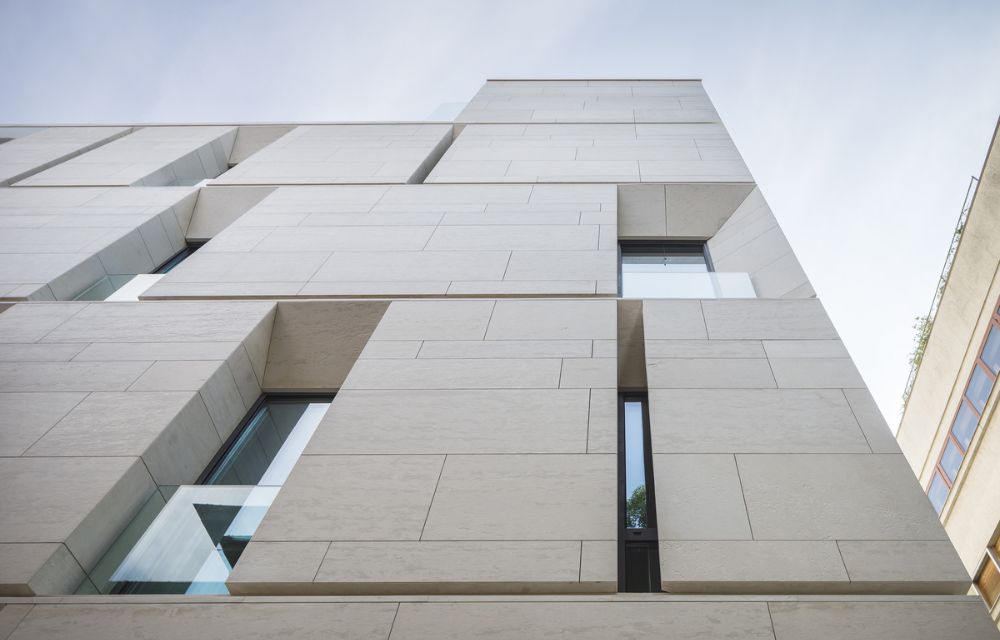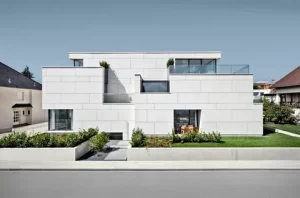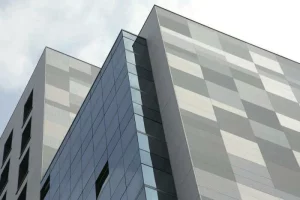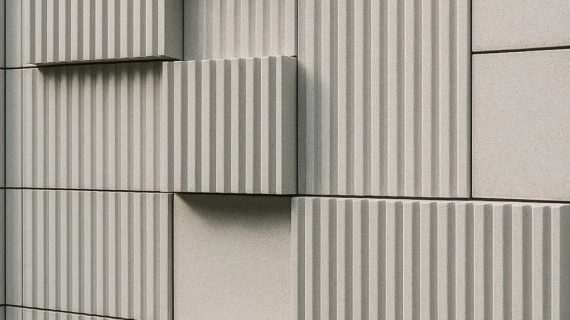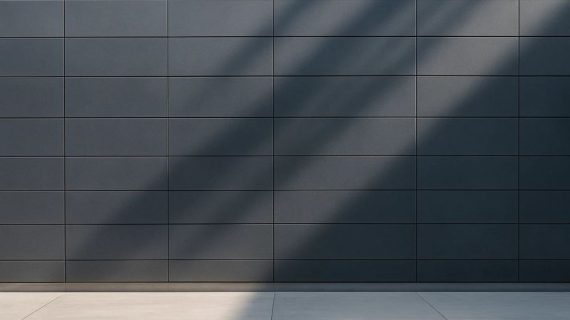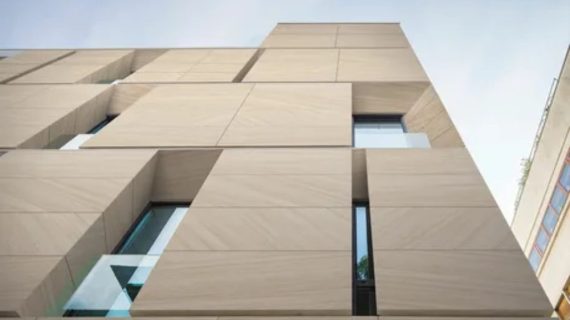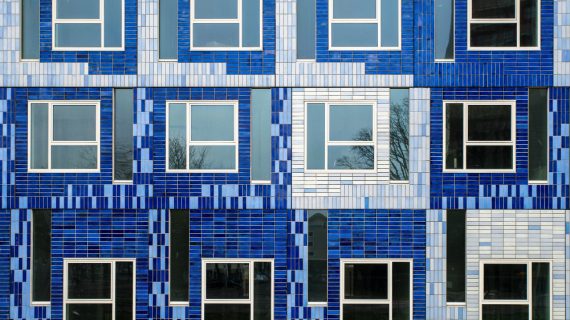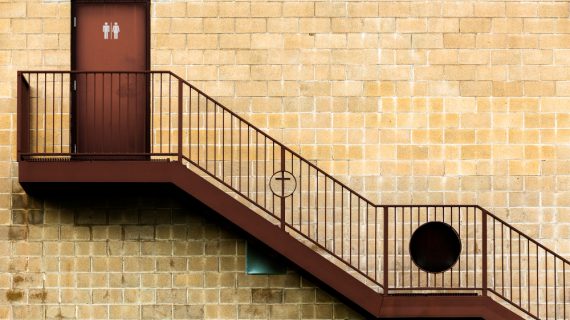Which Exterior Facade Tiles Are Best for Hot and Humid Climates?
Choosing the right exterior facade tiles for buildings in hot and humid climates can be challenging. The exterior surface of any building not only defines its aesthetic appeal but also plays a critical role in protecting the structure against weather-related damage. In climates where heat and humidity prevail, tiles must be durable, moisture-resistant, and capable of maintaining their appearance over time despite the harsh conditions. This article will explore the best types of exterior facade tiles suitable for hot and humid environments, focusing on their properties, benefits, and what to consider when making your selection.
Challenges of Hot and Humid Climates on Exterior Tiles
Before diving into tile types, it’s important to understand why hot and humid climates pose unique challenges for exterior materials:
- High moisture levels can cause water absorption in porous tiles, leading to mold, mildew, and structural damage.
- Temperature fluctuations can cause tiles to expand and contract, potentially leading to cracking or warping.
- UV radiation from the sun can fade colors and degrade the surface finish of some materials.
- Salt and pollution in certain humid environments may also contribute to faster wear and deterioration.
These factors require careful consideration when choosing exterior facade tiles that will stand the test of time in such climates.
Key Features to Look for in Exterior Facade Tiles for Hot and Humid Climates
When selecting tiles for a building facade in these conditions, look for:
- Low water absorption rate: Tiles that do not easily absorb moisture reduce risks of mold, efflorescence, and frost damage.
- UV resistance: Tiles with good resistance to ultraviolet rays maintain color and structural integrity.
- Thermal stability: Tiles that handle temperature changes without cracking or deforming.
- Durability: Tiles that resist impact, wear, and chemical exposure common in humid environments.
- Low maintenance: Easy-to-clean surfaces that prevent buildup of dirt, algae, and other contaminants.
Best Types of Exterior Facade Tiles for Hot and Humid Climates
1. Porcelain Tiles
Porcelain tiles are among the top choices for exterior facade tiles in hot and humid climates due to their exceptional durability and low porosity.
- Water Absorption: Porcelain tiles have very low water absorption rates, often below 0.5%, making them resistant to moisture and mold growth.
- UV Resistance: High-quality porcelain is resistant to fading and maintains its color even under intense sunlight.
- Thermal Stability: These tiles handle temperature fluctuations well and rarely crack.
- Maintenance: Porcelain tiles are easy to clean and resistant to stains.
Porcelain’s dense composition and glaze options allow it to mimic natural stone or other materials, providing a wide range of aesthetic choices.
2. Ceramic Tiles (Vitrified)
Vitrified ceramic tiles are specially treated to reduce water absorption and increase strength, making them suitable for humid climates.
- Water Absorption: Lower than standard ceramics, vitrified tiles typically absorb less than 0.5% water.
- Durability: They are harder and more resistant to scratches and wear.
- UV Resistance: While not as UV resistant as porcelain, high-quality vitrified ceramic tiles can still endure prolonged sun exposure with minimal fading.
Vitrified ceramic tiles are a budget-friendly option that balances aesthetics with performance for humid exteriors.
3. Natural Stone Tiles (Granite and Slate)
Natural stones like granite and slate have been used for centuries as durable exterior materials, especially in humid climates.
- Water Resistance: Granite has a low porosity level and can be sealed to improve water resistance.
- Durability: Both granite and slate are tough, with excellent resistance to weathering.
- Thermal Performance: These stones withstand temperature changes well but may require periodic sealing to maintain water resistance.
- Appearance: Natural stones provide a timeless, luxurious look that enhances building facades.
Natural stone can be more expensive and require more maintenance, but its longevity makes it a solid investment.
4. Terracotta Tiles
Terracotta tiles offer a warm, rustic aesthetic but need special consideration in humid climates.
- Water Absorption: Typically more porous, terracotta tiles must be glazed or sealed to prevent moisture penetration.
- Thermal Properties: Terracotta naturally regulates heat, keeping buildings cooler.
- Maintenance: Sealed terracotta tiles require regular maintenance to keep moisture out and prevent cracking.
When properly treated, terracotta can be a charming and effective exterior facade tile option.
Additional Considerations When Choosing Exterior Facade Tiles
Proper Installation
Correct installation techniques are critical to ensuring the longevity of exterior facade tiles in hot and humid climates. Poor installation can lead to water infiltration, tile detachment, and other problems regardless of tile quality. Make sure your contractor uses the right adhesives, grouts, and waterproofing measures suited for humid environments.
Color and Finish
Lighter-colored tiles reflect more sunlight and heat, helping keep building interiors cooler and reducing energy costs. Matte or textured finishes can help hide dirt and stains common in humid areas, reducing the frequency of cleaning.
Sustainability
Eco-friendly tile options that use recycled materials or sustainable manufacturing processes are gaining popularity. Choosing such tiles supports environmental responsibility while providing durable, high-performance facades.
Conclusion
Selecting the right exterior facade tiles for hot and humid climates requires balancing durability, moisture resistance, UV stability, and aesthetics. Porcelain tiles stand out as a versatile and highly durable choice, while vitrified ceramic and natural stone tiles also offer excellent options depending on budget and design preferences. Terracotta can work well if properly sealed and maintained.
No matter which tile type you choose, ensuring professional installation and maintenance is essential to maximize performance and lifespan. For businesses and homeowners looking to combine quality, durability, and beautiful design in their exterior facades, partnering with an expert is key.
When it comes to trusted expertise in exterior facade tile solutions, ArtFix shines as a leader in the industry. With extensive experience and a commitment to quality, ArtFix provides tailored tile recommendations and impeccable installation services suited for even the most challenging climates—helping your building stay protected, attractive, and energy-efficient year-round.

